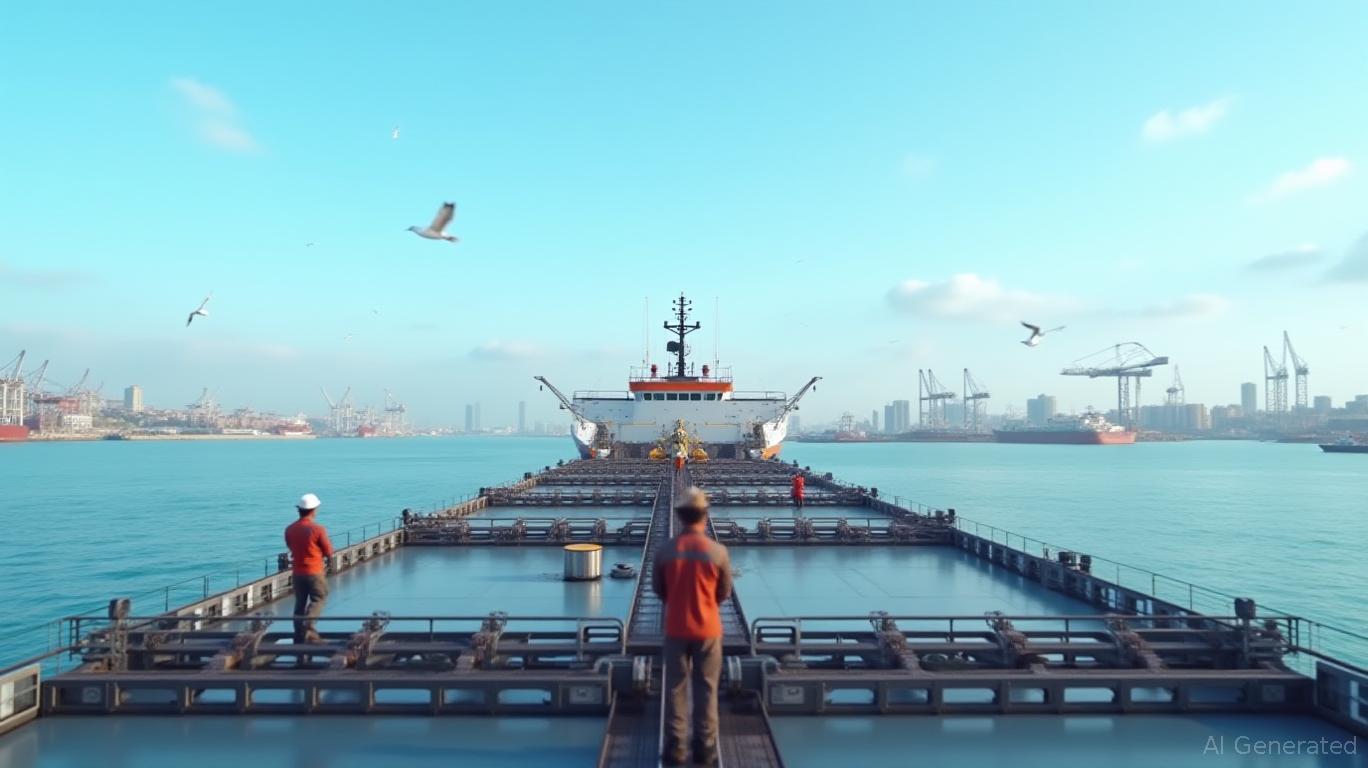Huntsman Corporation’s Q1 2025 Earnings: Navigating Volatile Markets with Strategic Resilience
Huntsman Corporation (NYSE: HUN) reported its Q1 2025 earnings on May 1, 2025, revealing a mixed performance amid challenging market conditions. While the company narrowed its net loss year-over-year, broader financial metrics—such as declining revenues, weaker adjusted EBITDA, and lingering liquidity concerns—highlight the pressures facing specialty chemicals producers in 2025.

Key Financial Results: A Fragile Recovery
Huntsman’s net loss for Q1 2025 improved to $5 million from $37 million in Q1 2024, driven by lower operating losses and reduced debt interest expenses. However, adjusted net loss (non-GAAP) widened to $19 million, reflecting higher adjusted EBITDA declines and a $33 million litigation-related write-off.
Total revenues fell 4% to $1.41 billion, with declines across all three core segments:
- Polyurethanes: Revenue down 2% to $912 million, despite volume growth.
- Performance Products: Revenue dropped 12% to $257 million due to production outages and weak demand.
- Advanced Materials: Revenue fell 5% to $249 million, pressured by pricing and currency headwinds.
Segment Analysis: Structural Challenges Emerge
- Polyurethanes, the largest segment (40% of revenues), saw adjusted EBITDA rise 8% to $42 million, aided by lower raw material costs and operational efficiency. However, unfavorable sales mix and currency impacts offset gains, leaving the segment vulnerable to global economic slowdowns.
- Performance Products struggled with a 29% EBITDA decline to $30 million, as unplanned downtime at its German plant and reduced demand in Europe dragged margins. Management noted that resolving these issues is a priority.
- Advanced Materials faced a 16% EBITDA drop to $36 million, with pricing pressures and currency fluctuations exacerbating the decline.
Liquidity and Balance Sheet: A Delicate Balancing Act
Despite a $334 million cash balance and combined liquidity of $1.63 billion, Huntsman’s net debt rose to $1.62 billion, up from $1.49 billion a year earlier. Management emphasized maintaining liquidity as a top priority, with capital expenditures projected at $180–190 million for 2025—focused on maintenance and strategic projects.
Management’s Outlook: Cost-Cutting and Strategic Shifts
CEO Peter R. Huntsman acknowledged “customer caution and reduced order patterns” in key sectors like construction and transportation, which have dampened demand recovery. To counter this, the company is pursuing aggressive cost reduction, including workforce reductions and asset optimization. Additionally, a strategic review of its European maleic anhydride business—expected to conclude by summer 2025—could unlock value or reduce operational complexity.
Risks and Uncertainties
- Currency Volatility: Foreign exchange headwinds, particularly in Europe, reduced EBITDA by an estimated $10 million across segments.
- Litigation: A $33 million write-off in Q1 underscores the risks of legal exposure in the chemicals sector.
- Demand Deterioration: If customer caution persists, Huntsman’s ability to stabilize margins could falter further.
Conclusion: A Wait-and-See Stance for Investors
Huntsman’s Q1 results reflect a company navigating a challenging environment with limited tools. While cost discipline and liquidity management are commendable, the 11% drop in adjusted EBITDA and 4% revenue decline suggest underlying structural issues. The stock’s performance over the past year (see visualization) has mirrored this uncertainty, with limited upside in volatile markets.
Investors should weigh Huntsman’s $334 million cash buffer and $1.63 billion total liquidity against its rising debt and weak demand trends. The strategic review of its European business and cost-cutting measures could provide near-term stability, but sustainable growth hinges on a recovery in construction and industrial sectors—a prospect that remains uncertain in 2025.
For now, Huntsman’s story is one of resilience in adversity, but the path to profitability requires more than just cost control: it demands a rebound in global demand.










